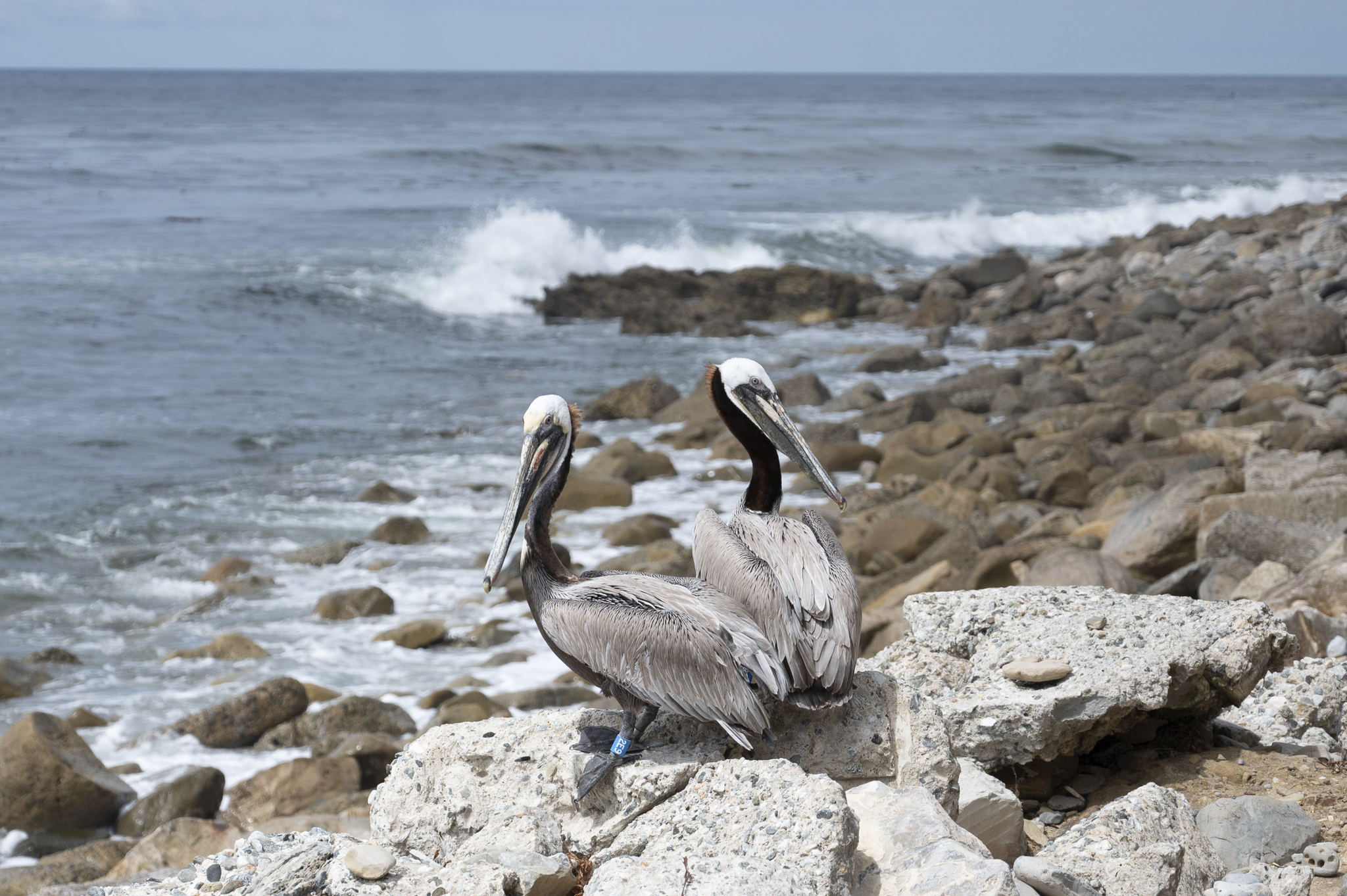It’s been four years since California had normal rainfall. But in part of San Bernardino County man-made chemicals could turn drought into a long-term disaster for 500,000 residents.
“The perchlorate contamination problem, which was a priority for me, was not being addressed,” said San Bernardino County Supervisor, Josie Gonzales of the time she first became aware of the contamination threat.
Perchlorate is a chemical, often found in explosives that can damage the thyroid. And Gonzales acknowledged to NBC4 that for years it imperiled the scarce groundwater in Rialto, Colton and the surrounding areas
“The water did become contaminated,” she observed frankly.
Government agencies are now pulling together to try to contain the threat. But it’s taken them more than twenty years to do so, and the delay, say critics, reflects almost Katrina-like incompetence.
“The county and the state of California are guilty of reckless indifference in this instance,” maintains Butch Ariza, who’s long been concerned about the contamination, He heads a public water district near Rialto.
He surmises that the perchlorate seep probably started in World War munitions bunkers in the area. They later became part of a commercial explosive dump that state regulators designated Broco facility.
Local
Get Los Angeles's latest local news on crime, entertainment, weather, schools, COVID, cost of living and more. Here's your go-to source for today's LA news.
Environmental Attorney Barry Groveman insists that local officials have long known that Broco posed a contamination danger. “It was common knowledge about this facility throughout the county,” he says.
And yet, in the late 80s state regulatory agencies, by their own account, lost track of the dump.
“It was basically lost in the files for a dozen years,” admits John Scandura, a senior manager with the state Department of Toxic Substances Control, or DTSC. “Essentially it was lost in our records until we rediscovered it in 2001.”
The confusion was contagious. A county report in 1989 didn’t even mention the facility. So, when the county later bought the surrounding area and made it part of a public landfill, Supervisor Gonzalez maintains, “There were no significant contamination issues.”
But Butch Ariza says there were red flags – that he warned the county in 1997 perchlorate was seeping into the groundwater, and Kurt Berchtold of the state Water Board agrees that traces were found in an old munitions bunker at the time.
“There was one sample that showed elevated levels of perchlorate,” he told NBC4
Even so, two years later, the county destroyed the bunkers, buried the forgotten Broco dump, and allowed a private company to build gravel-washing ponds over it with no lining to catch contaminated water.
The result, says attorney Groveman, was “to push these contaminants deeper into the groundwater.
County officials insist there was still no clear evidence of danger, and State regulators suggest the proof may have been misplaced with the still forgotten Broco site.
“It was the blind spot in the paperwork,” asserts DTSC’s Scandura..
Groveman remains skeptical and accusatory. “The notion that state DTSC would license this facility and then let it escape from their radar is malfeasant,” he argues.
Butch Ariza sees another force at work – money. In his view, the county soft-pedaled the perchlorate threat simply to keep the landfill open and profitable. “They cut corners on everything they did,” he says of the county officials in charge.
Shocked, he and Groveman created a task force in 2002 to highlight the perchlorate problem. And state regulators finally rediscovered the forgotten Broco dump and ordered the county to clean it up.
But astonishingly, only last March – seven years later -- did the county submit an action plan -- to be completed by 2013.
Scandura of DTSC explains: “These are technically very complicated matters, especially when most of the records of an old facility have been lost.”
As for the perchlorate already in the groundwater, state regulator Berchtold assured NBC4 that the county is taking every precaution to make the drinking water safe.
“The county’s system will prevent the problem from spreading,” he says. “There is in fact no hazard to public health.”



